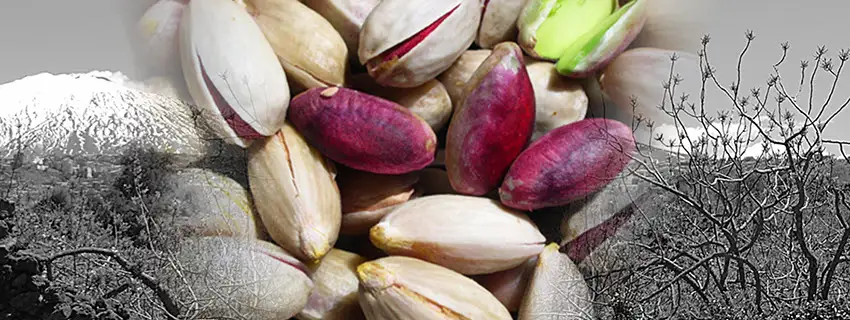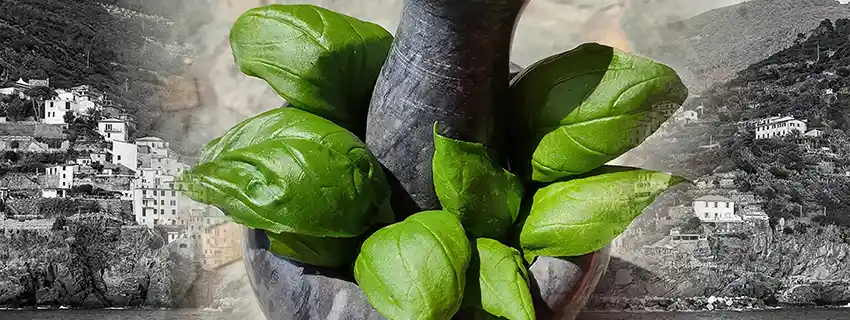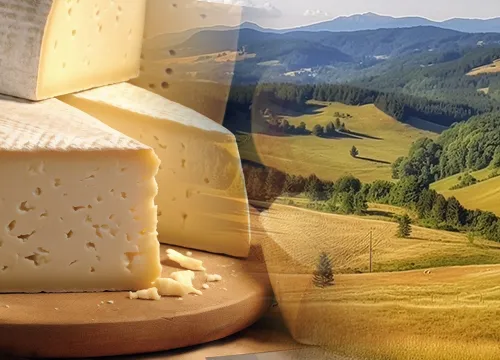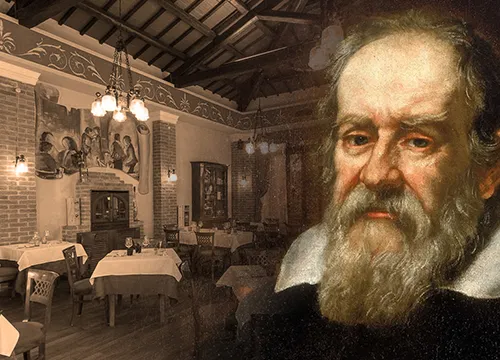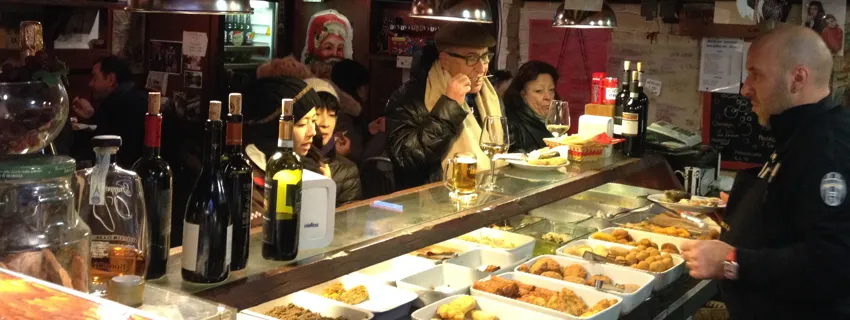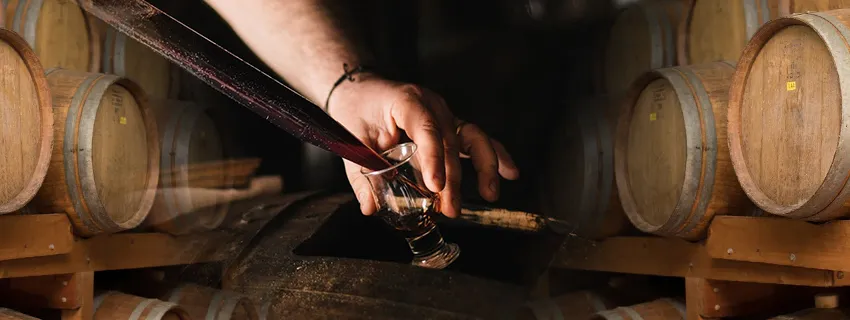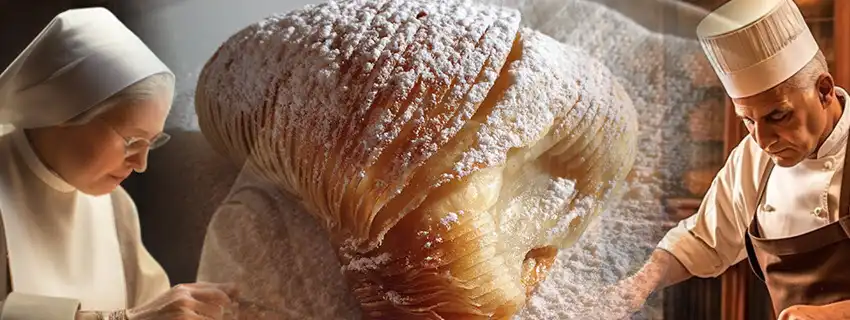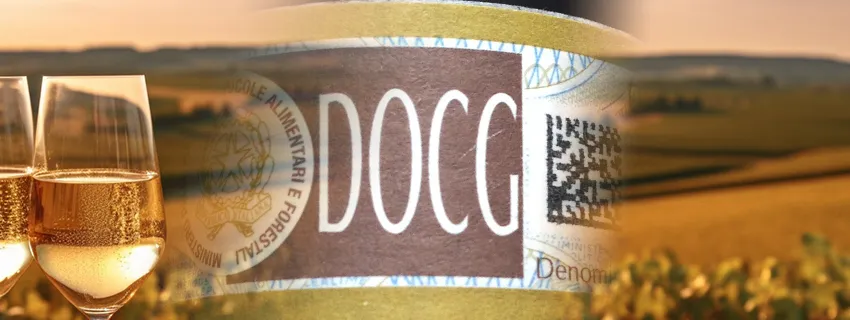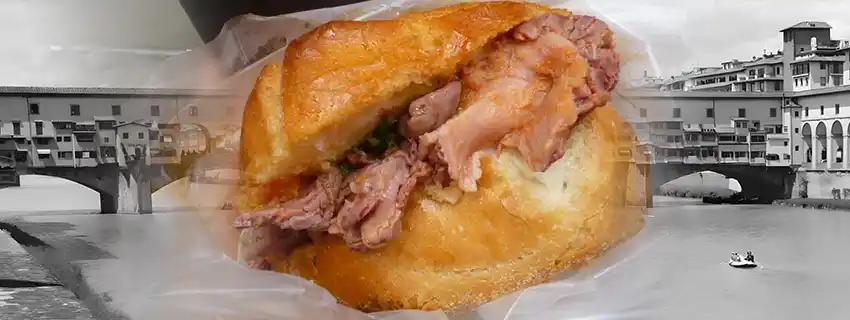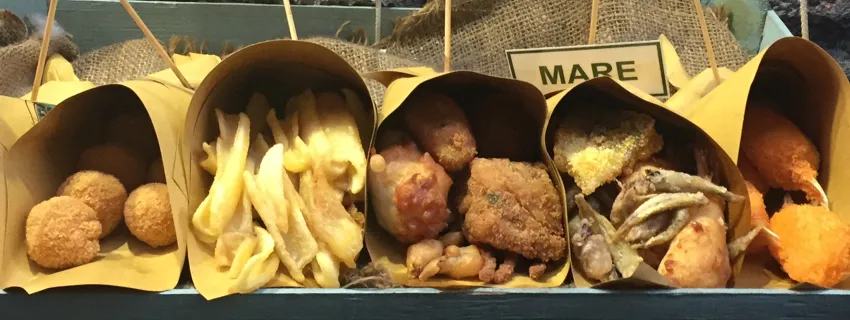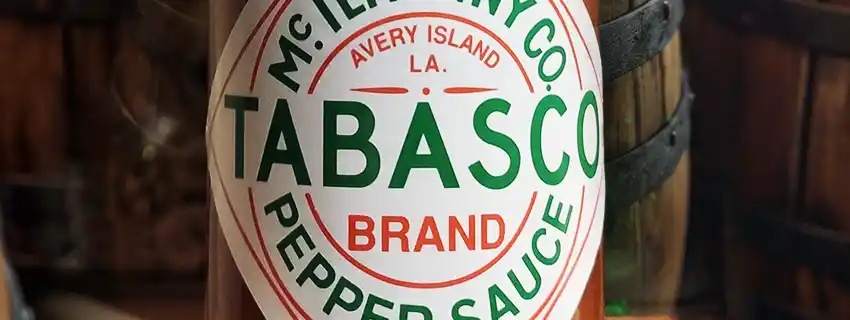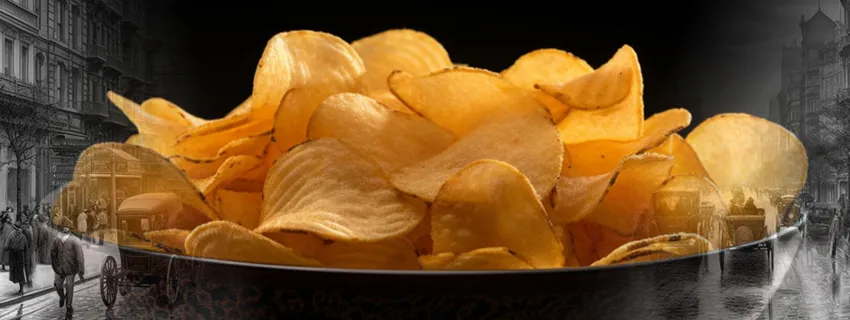WebFoodCulture
The Best Italian Food & Wine

Welcome to WebFoodCulture! This site is dedicated to the most typical Italian food and wine specialties. We will explain what makes them so special and inimitable, starting with their history and their places of origin. We will spice up this with lots of information and interesting facts. Finally, we will discover the most traditional restaurants and producers: this way you will be able to savor the most authentic flavor of these excellences of taste. Enjoy the reading or, better, buon appetito!
Let’s discover the fascinating history of Modica chocolate, the Sicilian confectionery specialty heir to a distant past. Let’s deepen our knowledge of its most traditional method of preparation. Let’s season the whole thing with interesting information and many curiosities. (read more)
Origin: Modica (Sicily) Typology: Desserts
Let’s discover all the characteristics and the secrets of a sweet delicacy that, thanks to an ancient method of preparation, can boast a unique texture that enhances the flavor of cocoa.
(read more)
Origin: Modica (Sicily)
Typology: Sauces & Condiments
New
On the slopes of Mount Etna, the Sicilian volcano, there is a sun-kissed strip of land on which grows one of the treasures of the taste “Made in Italy”: the Bronte Green Pistachio, Sicily’s ‘green gold’. (read more)
Origin: Bronte (Sicily)
Typology: Sauces & Condiments
New
Genoese basil is a plant with an intense fragrance and unmistakable flavor whose delicate green leaves are the key ingredient in some of the most typical Italian specialties, such as pesto. (read more)
Origin: Genoa (Liguria)
Typology: Sauces & Condiments
New
Last update

‘Taralli’ should be counted among the most classic street foods of the Neapolitan culinary tradition. The ideal place to enjoy them is undoubtedly Mergellina, the seafront of Naples, while admiring the splendid panorama of the Gulf. (coming soon)
Soon
Asked about the origins of the Italian culinary excellences, the renowned historian Alessandro Barbero replies, “We should not believe that a dish that we consider traditional and central to our local cuisine existed back in the 1800s. Well, not necessarily, it’s important to check case by case”. That said, the main goal of WebFoodCulture is exactly to investigate, case by case, the true genesis of the specialties from the ‘Belpaese’, explaining to its readers when a story is just a fascinating legend.
New
REGIONAL SPECIALTIES
Veneto Region, thanks to its particular morphology including flat, mountainous and coastal areas, can boast a food and wine industry rich in a wide variety of specialties. Tasty delicacies, just perfect to accompany tourists while visiting splendid cities of art or enjoying breathtaking landscapes. Let’s find out all of them, with the precious help of their most traditional producers.
(read more)
Venice, the ‘city on the water’, is also the city of bacari: small, typical taverns where it’s possible to enjoy delicious appetizers, the ‘spuncioni’, accompanied by many glasses of wine, the ‘ombre’.
(read more)

THE EXCELLENCES OF ITALIAN TASTE
Fettuccine Alfredo is an Italian pasta specialty that, strangely enough, is very little known in Italy. On the contrary, it has always been very popular in the U.S.A., where it was once loved by many famous actors. (read more)
Origin: Rome (Lazio) Typology: First courses
In this article we will find out how Balsamic Vinegar is made. A very ancient procedure whose origins date back to the time of the pharaohs. (read more)
Castiello, the savory cake from Naples, is one of the specialties that, during Easter festivities, can’t go missing from the table of the Neapolitan families. It’s easy to make, using just a few ingredients, but very rich in flavor. (read more)
Origin: Naples (Campania)
Typology: First Courses
There is no doubt that Sfogliatella is rightfully part of the Neapolitan confectionary Olympus, along with other renowned delights such as Babà, Struffoli, and Pastiera. Despite its apparent simplicity, this pastry has a unique flavor. (read more)
Origin: Naples (Campania)
Typology: Desserts
Buffalo mozzarella is a key ingredient in the preparation of the queen of pizzas: the ‘Margherita’. In this regard, it’s important to remember that the world’s most-known Neapolitan specialty can also be made using ‘normal’ mozzarella (i.e., ‘Fior di Latte STG‘ made from cow’s milk). (read more)
BEVERAGES
The birth of Lambrusco wine is closely linked to the evolution of the wild vine (‘vitis silvestris’) growing in the territories of the current provinces of Modena, Reggio Emilia, Parma and Mantua. The earliest records relating to this wine date back to classical times and are included in the literary works of Cato (‘De agri cultura’), Varro (‘Naturalis Historia’), Pliny the Elder and Virgil. (read more)
Origin: Emilia-Romagna / Lombardy Typology: Wines
STREET FOOD
Lampredotto is a delicious sandwich stuffed with beef offal, typical of the Florentine gastronomy. Let’s find out all its secrets while walking through the ancient streets of the Tuscan capital.
(read more)
Origin: Florence (Tuscany)
Typology: Street Food
Although potato croquettes are a specialty appreciated in many countries around the world, the Neapolitan variant, the ‘Crocchè’, have a very peculiar taste, closely linked to the character of the city.
(read more)
Origin: Naples (Campania)
Typology: Street Food
In Naples the ‘cuoppo’ (also known as ‘cuopp’), a cone made with straw paper, is used by the local people to carry around the delicacies just bought in a ‘friggitoria’ (typical fried food shop).
(read more)

NOT JUST ITALY: SPECIALTIES FROM THE WORLD
If there is a food product that, more than many others, is generally associated with the idea itself of extreme spiciness, it’s Tabasco. Let’s find out how the specialty invented in the second half of the nineteenth century by Edmund McIlhenny is made (read more)
Origin: Luoisiana (U.S.)
Typology: Sauces & Condiments
‘Wasabi’ is one of the symbols of Japanese gastronomy: it’s a soft, green-colored paste that can boast ancient origins, often used to accompany sushi. This condiment stands out for a particular kind of spiciness. (read more)
Origin: Japan
Typology: Sauces & Condiments
1956, the American jazz singer Bulee “Slim” Gaillard dedicates a song to one of the most famous snacks in the world. Not by chance, the name of the song is ‘Potato Chips’. (read more)
Copyright information.
To get copyright information about the images on this page, please refer to the copyright section of each article.



